Anti-Human Trafficking Education
Human trafficking is rampant in the Philippines. Together in Hope provides anti-human trafficking education in the communities in which it works to empower community members in the fight against this crime. Here is some of the relevant data.
Super Typhoon Haiyan increased human trafficking.
The destruction from Super Typhoon Haiyan displaced over 6 million people, hitting the provinces of Leyte and Samar the hardest. The resulting chaos and economic instability have resulted in increased human trafficking in these regions.
Human traffickers use the promise of work to lure victims.
Traffickers commonly target individuals who are either from indigenous communities or are living in more rural areas. They usually offer jobs as maids, waitresses or entertainers to trick individuals into trusting them. This tactic preys on the desperation of many economically disadvantaged individuals.
1. Children are the most vulnerable.
Children are at great risk for human trafficking in the Philippines. Approximately 60,000 to 100,000 children are victims of human trafficking in the Philippines. These children either go to work in child sex rings in the Philippines or work abroad as prostitutes. To combat this issue, the Filipino government is working with international organizations, foreign donors and NGOs to fund prevention efforts and increase awareness about human trafficking in the Philippines.
2. Tourism thrives on human trafficking in the Philippines.
Much of the demand for prostitution in the Phillippines comes from tourists. Such commercial sex is popular in tourist cities such as Boracay, Angeles City, Olongapo, Puerto Galera and Surigao. While people do not advertise the locations where this prostitution occurs outwardly (due to the formal illegality of prostitution in the Philippines) the tourist prostitution system is unfortunately quite expansive and there are many individuals who have knowledge of these locations from other sources.
3. Internet trafficking is very common.
In some cases, relatives use children for profit and forced them to commit various sex acts in front of a webcam. The children committing these acts are typically no older than 12-years-old and each show brings in about $100 in total. There were over 45,000 reports of online child sexual exploitation in 2017. In response to this, the Filipino government has begun to divert more funds towards helping identify situations in which people are sexually exploiting children.
4. Traffickers traffick people both nationally and internationally.
Traffickers send some human trafficking victims in the Philippines to Manila, the country’s capital, while they traffick others abroad to places such as Saudi Arabia, Kuwait, Hong Kong and Singapore. The Department of Foreign Affairs (DFA) and the Department of Social Welfare and Development (DSWD) have done good work recently in preventing this cross-border trafficking, but people must do more to ensure that these international human trafficking rings shut down for good.
